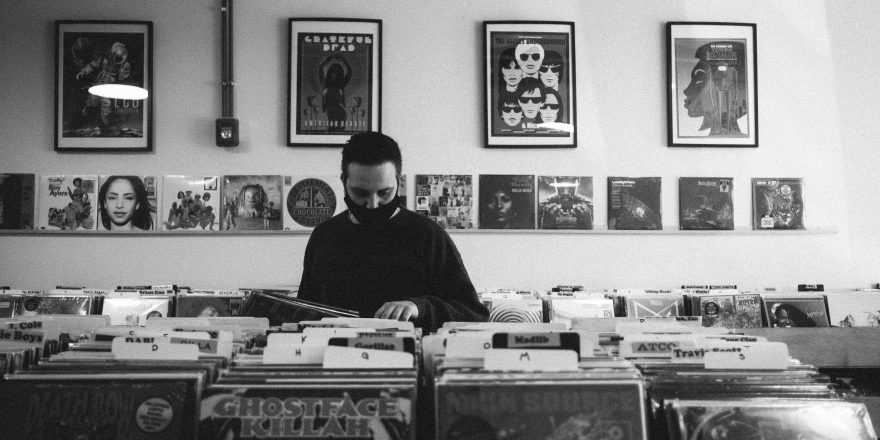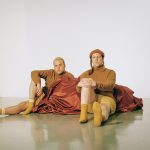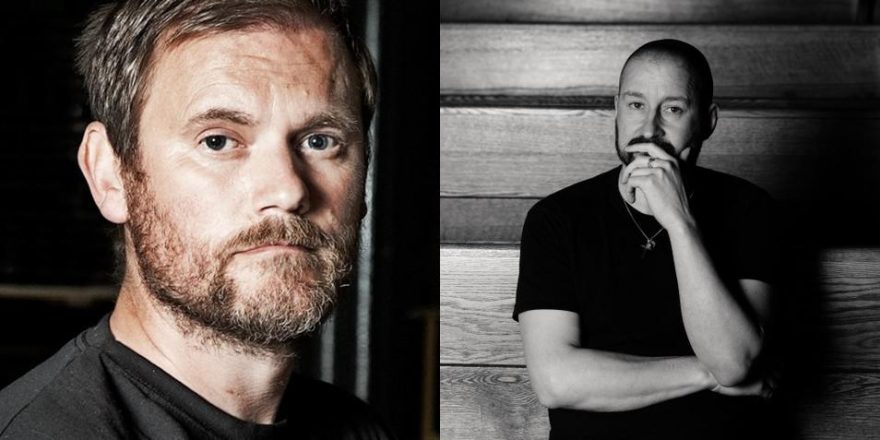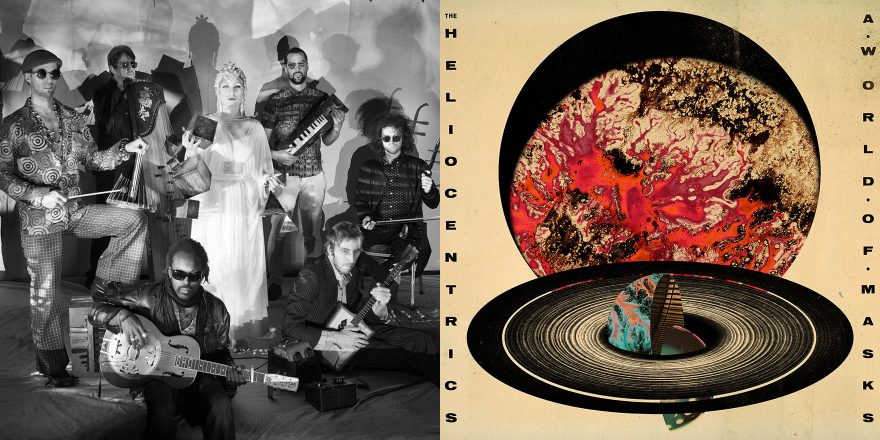Ennio Morricone is considered one of the most, if not the most, iconic and influential film composers of the last 70 years. With over 400 scores for cinema and television as well as more than 100 classical works (according to Wikipedia) to his name, one could easily suggest that he was also the most prolific composer of all time. Needless to say, I am a massive fan. Upon his passing in July, artists and musicians from the likes of Justin Vernon, New Order, Massive Attack, Chance the Rapper, Metallica, Hans Zimmerman, and many more spoke out to pay tribute to their late musical hero calling him the “master or melody,” “timeless,” and “ the composer who changed the sound of cinema.”
To me and so many like me, Morricone was much more than a film composer. He was the quintessential essence of cool. His name was thrown around in record stores with artists like Serge Gainsbourg, CAN, and Os Mutantes, artists who pushed boundaries and sonically defined some of the most creative eras in music. Morricone had the unique ability to bring together incompatible instruments from different genres and regions of the world in ways never before done, which made him an innovator unlike any other of his time. His signature use of psychedelic fuzzed-out guitars and bombastic drums mixed with deep dark swooping orchestrals helped create transcendent works of art.
Much to my surprise, on October 16 via a Youtube trailer CAM Sugar/Decca announced Morricone Segreto, a 27-song compilation featuring seven previously unreleased songs that were all recorded in the ‘60s and ‘70s. The trailer described the album as “an acid-tinged sonic journey exploring Ennio Morricone’s richest creative period.” These very words made the hair on my arms stand up. Morricone is probably most notable for scoring iconic Spaghetti Western films like Sergio Leone’s The Good, The Bad and the Ugly and Once Upon A Time In The West. With the clarion screech sounds, the trotting of drum rhythms, and electric guitar twangs, the soundtracks went on to define the genre. However, for those willing to look a little closer you quickly realized the many layers to his body work that were often rooted in both popular music and avant-garde.
Morricone Segreto (which translates to Secret Morricone) is said to be “the hidden dark-tinged and psychedelic side of the Maestro.” Pierpaolo De Sanctis, who curated the compilation, said: “The idea was to go look at why Morricone today is still considered so hip in music circles that are very far removed from the world of film soundtracks.” Morricone’s experimental fascination with unique sounds and his exquisite taste were unlike any other. This is why Morricone continues to resonate to a whole new generation of artists and producers like myself and my peers. We reference his work in studios, stay up late at night in our bedrooms trying to replicate his fuzzed out guitar sounds, and are perpetually inspired by his unique rhythms and unforgettable melodies. He’s the reason why we scour for old analog gear like Orchestrators and Mellotrons, hoping to bring us one step closer to the airy strings and eerie synth sounds we deem to be as correct.
Svegliati e Uccidi (Wake Up and Die) and Il Bandito Dagli Occhi Azzurri (The Blue-Eyed Bandit) are two of the albums/soundtracks I find myself coming back to the most. Both heavily influenced Foreign Air’s latest album Good Morning Stranger. It’s hard to believe these albums were released in 1966 and 1980 as they are just as inspiring today. The iconic guitar plucking over swooping orchestrals make Svegliati e Uccidi hard to define. Is it psych, is it jazz, is it classical? Most would probably consider it all of the above. The dry drum tones and room sounds on “Citta Viva,” the rhythmic groove of the hollowed bass on “Stranamente Di Notte (I),” or the way the strings breathe and swell on “Per Dalila (I)” is the stuff that we seek out as producers and musicians. Morricone’s ability to create tension in his compositions is what we study. When I listen to Enino Morricone’s body of work, I hear the sonic palettes of my favorite artists like Massive Attack, Gorillaz, Flying Lotus, and Jay-Z. I hear hip-hop samples, electronic grooves, and what rock guitars sound like today. Most of all I just hear music, timeless and unbeholden to any genre.






